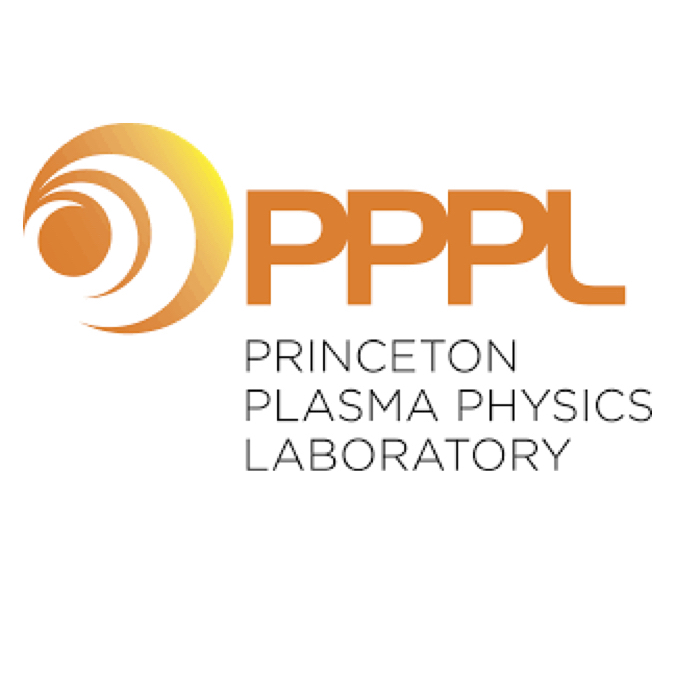Neural Network-Based Free Boundary Equilibrium Solver for Control-Oriented Transport Simulations
Z. Wang, X. Song, T. Rafiq, E. Schuster
30th IEEE Symposium on Fusion Energy
Oxford, UK, July 9-13, 2023
A neural network-based free-boundary equilibrium solver has been developed
with the ultimate goal of being integrated into COTSIM (Control Oriented T
ransport SIMulator). Such integration would enable fast performance assessment
of integrated equilibrium-scenario feedback control algorithms as well
as fast equilibrium-scenario planning by model-based feedforward-control
optimization. To evolve transport equations such as the poloidal magnetic
flux, heat, particle, and momentum transport equations, a 2D equilibrium
solver must provide in advance flux-averaged parameters associated with
the equilibrium configuration. A numerical free-boundary equilibrium (FBE)
solver, based on finite-difference and Picard-iteration methods, has been
developed on a rectangular grid to compute the poloidal-magnetic-flux
distribution and pass the needed flux- surface-averaged quantities to
the transport solver in COTSIM. An accelerated version of this computationally
intensive, numerical solver has been developed by leveraging deep learning
techniques. The neural network-based FBE, which is referred to as FBE-net,
uses a partially-connected multi-layer perceptron (MLP) architecture.
FBE-net is trained on a dataset generated by the numerical solver, which
serves as a source of ground truth. The inputs for the FBE-net are the
plasma current, poloidal beta, and the poloidal-field coil currents, while
the outputs are the 2D flux map and associated flux-averaged parameters.
In comparison to the numerical solver, the neural network-based solver
displays a significant increase in computational efficiency without sacrificing
computational accuracy.
*Supported by the US DOE under DE-SC0010537.







